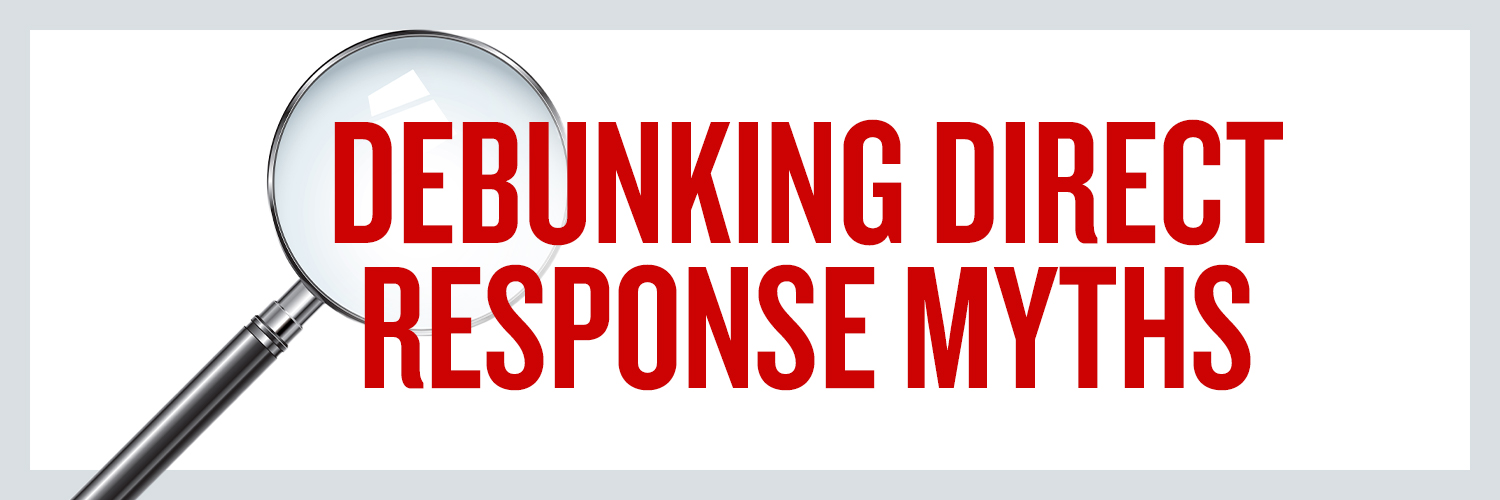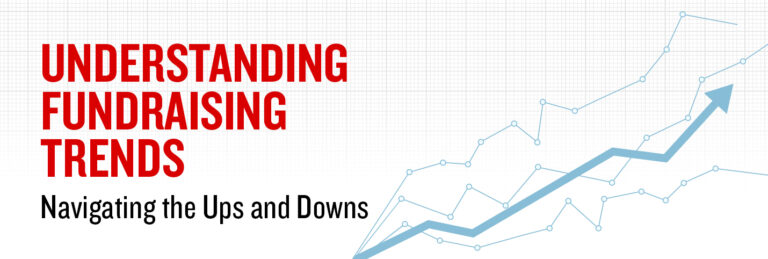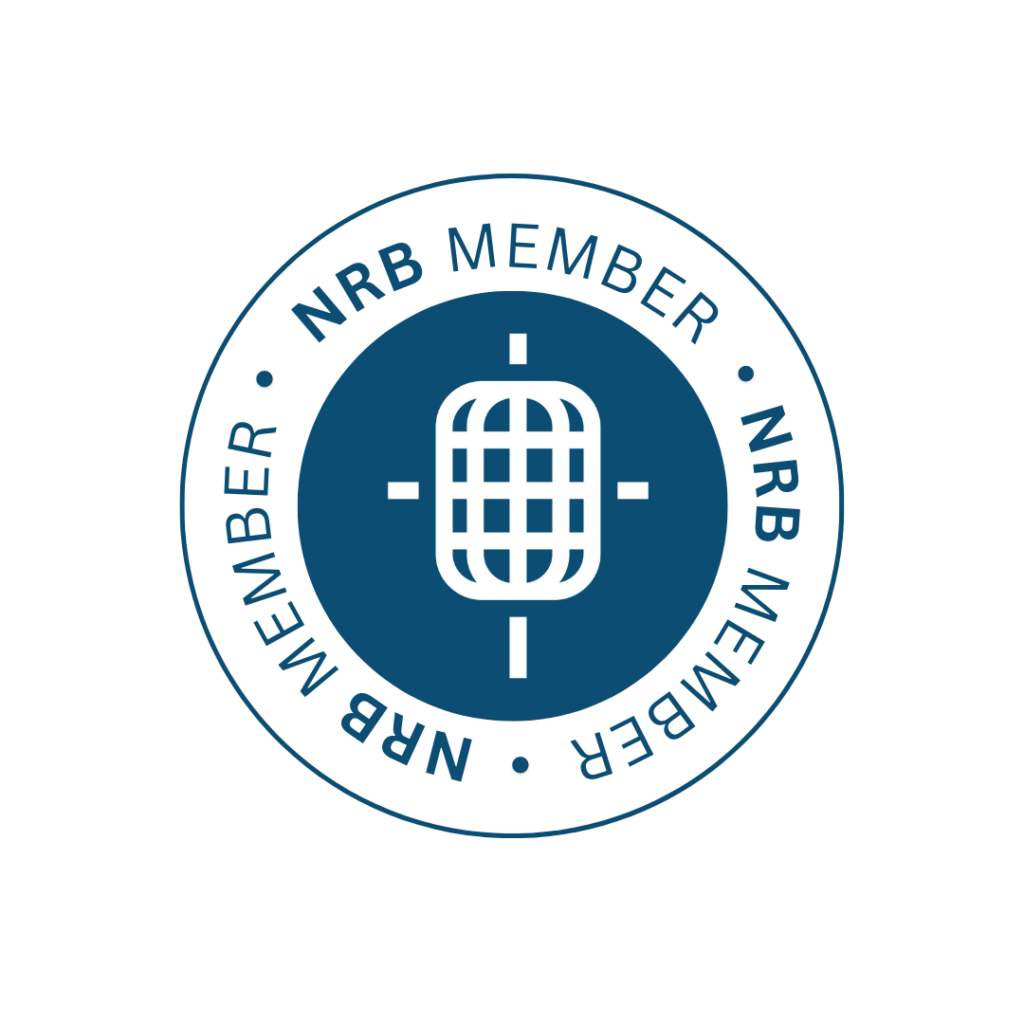Debunking Direct Response Myths
Direct response fundraising is often misunderstood, even within the organizations that rely on a diverse base of supporters to achieve their mission.
Direct mail (coupled with email and other forms of digital communication) along with telemarketing, radio, TV and even some advertising, comprise direct response fundraising. Direct response fundraising is a numbers game, but not in the way that many people might assume—it’s not about revenue; it’s about people.
Data-driven direct response fundraising proves itself effective time and time again. This is especially true during crises and unprecedented turbulence like we are experiencing today—simply because it focuses on the donor.
Many organizations still cling to an age-old stereotype that the best fundraising plan centers exclusively around major gifts from wealthy individuals, corporate leaders, and planned giving instruments. I will never forget the day that a new president of a nationally respected nonprofit told our team that he wanted to stop direct response because he’d, “rather have 100 large dollar donors than 100,000 lower-value donors.” That thinking led the organization to scale their direct response program way back, and you guessed it . . . they saw some of their lowest income numbers that year.
After the economic instability following the attacks on September 11, during the Great Recession of 2008, and even the initial days of the COVID-19 pandemic—many major-gift-funded nonprofits couldn’t survive. In contrast, there are charitable organizations still functioning today that started in the late 1800s, weathered two world wars, the 1929 Great Depression, and everything since without closing their doors because of their diverse donor base.
It’s the organizations that have a broad base of support—who recognize the importance of involving people in their cause—that are thriving during this time.
Why? There’s power in numbers. There’s power in data. There’s power in diversifying your fundraising program.
“Helping other people” is hardwired in the human brain—it’s the way that we were made. It’s the reason we are seeing such an outpouring of generosity in the face of a global pandemic.
It is a fundamental misconception that direct response fundraising is only effective for certain donors. The reality is that every donor relationship, even major donors, can benefit from direct response. It’s often the very source of major donors, as well as planned giving leads.
In order to reach a broad audience, each message needs to outline a need that is specific, relevant, and timely:
-
-
- Specific to the need, the problem, or the opportunity.
- Relevant to the lives that are being changed by the organization.
- Timely for the action that must be taken, right now.
-
With these elements in place, direct response fundraising contains the potential to mobilize the broad base of supporters to meet your financial challenges for years to come.
Related articles
-

More Than Just Work
As a young Christian professional navigating the conundrum of aligning my beliefs into a purposeful career, I’ve been blessed to…
-

What to Think of Artificial Intelligence and Its Impact on Fundraising . . .
In trying to summon an image to represent our theme for this issue of Donor Focus, I found myself drawn…







